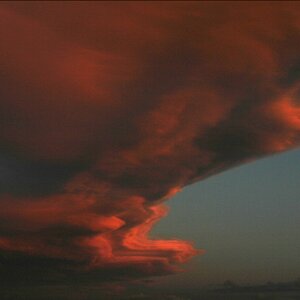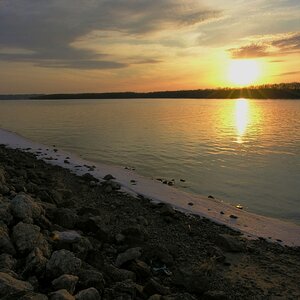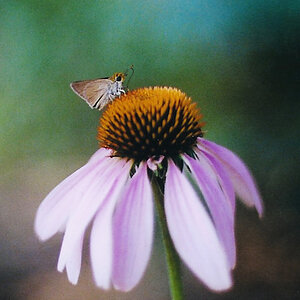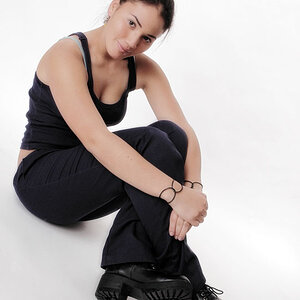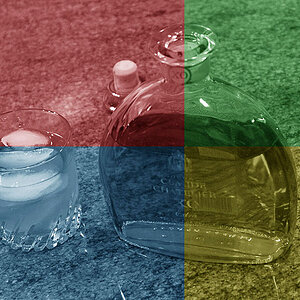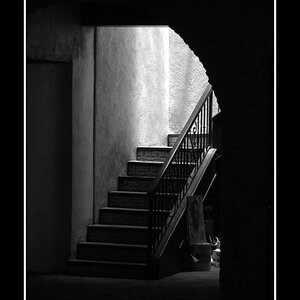Navigation
Install the app
How to install the app on iOS
Follow along with the video below to see how to install our site as a web app on your home screen.

Note: This feature currently requires accessing the site using the built-in Safari browser.
More options
You are using an out of date browser. It may not display this or other websites correctly.
You should upgrade or use an alternative browser.
You should upgrade or use an alternative browser.
Neutral density filter
- Thread starter Emma0911
- Start date
- Joined
- Jul 8, 2005
- Messages
- 45,747
- Reaction score
- 14,806
- Location
- Victoria, BC
- Website
- www.johnsphotography.ca
- Can others edit my Photos
- Photos OK to edit
3 stops of density, 2 stops and 1 stop respectively. Note however that these block light, not diffuse it.
tirediron said:3 stops of density, 2 stops and 1 stop respectively. Note however that these block light, not diffuse it.
Are there different types of diffusers I should be looking at then? I really need something to help diffuse not block. Thanks
- Joined
- Jul 8, 2005
- Messages
- 45,747
- Reaction score
- 14,806
- Location
- Victoria, BC
- Website
- www.johnsphotography.ca
- Can others edit my Photos
- Photos OK to edit
I think you may be confusing terms. If you can describe more accurately what you want to do, perhaps we can recommend something.
cgipson1
TPF Noob!
- Joined
- Aug 18, 2011
- Messages
- 17,142
- Reaction score
- 4,350
- Can others edit my Photos
- Photos NOT OK to edit
A diffuser would be something you put in between the subject and the sun... like this > Amazon.com: Lastolite LL LR3707 48-Inch TriGrip 2 Stop Diffuser: Camera & Photo to "diffuse" the sunlight and make it less harsh!
A ND filter is something you put on your lens to block really bright light... to either allow slower shutter speeds or wider apertures! Like this > Amazon.com: B+W 65-073102 77mm Neutral Density 0.9-8x Filter #103: Electronics ! They come in various "strengths" so that you can control how much light you want to block!
A ND filter is something you put on your lens to block really bright light... to either allow slower shutter speeds or wider apertures! Like this > Amazon.com: B+W 65-073102 77mm Neutral Density 0.9-8x Filter #103: Electronics ! They come in various "strengths" so that you can control how much light you want to block!
As an Amazon Associate we earn from qualifying purchases.
cgipson1
TPF Noob!
- Joined
- Aug 18, 2011
- Messages
- 17,142
- Reaction score
- 4,350
- Can others edit my Photos
- Photos NOT OK to edit
This is exactly what I was looking for, very helpful. Thanks
Sure.. glad I could help! lol!
TCampbell
Been spending a lot of time on here!
- Joined
- Mar 31, 2012
- Messages
- 3,614
- Reaction score
- 1,556
- Location
- Dearborn, MI
- Can others edit my Photos
- Photos OK to edit
ND filters sometimes use three different ways to describe the same thing.
Some filters indicate the number of "stops" of light that they block.
Some filters indicate the "percentage" of light which is allowed to pass through.
Some filters indicate the "density" of the filter where each "0.1" worth of density is equal to 1/3rd of a stop in exposure.
An ND 0.9 means it blocks 3 full stops of light (9 "third" stops). But you might find this called an ND-3. You could also find it sold as an ND 13 (meaning 13% of the light may pass through (really 12.5% but they round up)).
An ND filter doesn't "diffuse" sun per se. It just blocks a percentage of it and, in doing so, it changes your shooting circumstances. The most common use of an ND filter is to make it possible for you to slow the shutter speed to something slow enough to show motion blur (e.g. waterfalls). You might use it to increase the aperture size and reduce the depth of field. While you could just increase the shutter to decrease the DoF, that might not be practical if you also need to use fill-flash (so you need to keep the shutter speed down below flash-sync speeds AND still get to increase the aperture size.)
Some filters indicate the number of "stops" of light that they block.
Some filters indicate the "percentage" of light which is allowed to pass through.
Some filters indicate the "density" of the filter where each "0.1" worth of density is equal to 1/3rd of a stop in exposure.
An ND 0.9 means it blocks 3 full stops of light (9 "third" stops). But you might find this called an ND-3. You could also find it sold as an ND 13 (meaning 13% of the light may pass through (really 12.5% but they round up)).
An ND filter doesn't "diffuse" sun per se. It just blocks a percentage of it and, in doing so, it changes your shooting circumstances. The most common use of an ND filter is to make it possible for you to slow the shutter speed to something slow enough to show motion blur (e.g. waterfalls). You might use it to increase the aperture size and reduce the depth of field. While you could just increase the shutter to decrease the DoF, that might not be practical if you also need to use fill-flash (so you need to keep the shutter speed down below flash-sync speeds AND still get to increase the aperture size.)
Helen B
TPF Noob!
- Joined
- Sep 16, 2007
- Messages
- 3,296
- Reaction score
- 467
- Location
- Hell's Kitchen, New York
- Can others edit my Photos
- Photos NOT OK to edit
ND filters sometimes use three different ways to describe the same thing...
Don't forget the 'x' way: the amount by which the exposure needs to be modified: 2x being one stop, 4x being two stops, 8x being three stops etc.
Similar threads
- Replies
- 14
- Views
- 1K
- Replies
- 5
- Views
- 464
- Replies
- 15
- Views
- 1K
- Replies
- 6
- Views
- 362
- Replies
- 6
- Views
- 2K

![[No title]](/data/xfmg/thumbnail/31/31748-63241c520f250328a5ec32959b8f53d0.jpg?1619734989)
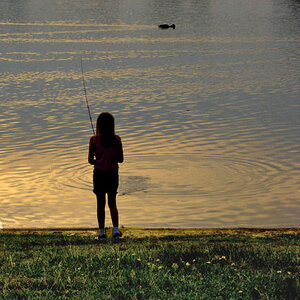
![[No title]](/data/xfmg/thumbnail/37/37626-4a6ffc3f17ab3a8e97170fda3276640e.jpg?1619738154)
![[No title]](/data/xfmg/thumbnail/39/39429-cfa441056f1e6a1995539dc87c794876.jpg?1619739028)

